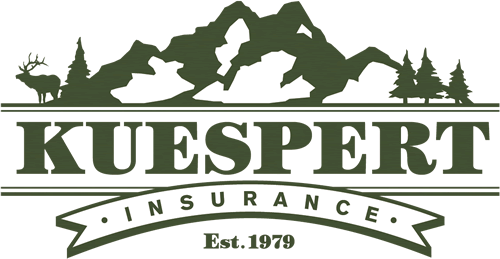What Is Not Covered by Homeowners Insurance?
Homeowners insurance is a crucial safety net for protecting your home and personal belongings from a variety of risks. However, it's important to understand that standard policies have limitations and do not cover all potential damages. Knowing what is not covered by homeowners insurance can help you make informed decisions about additional coverage you might need. Here’s a comprehensive look at the common exclusions in standard homeowners insurance policies.
1. Flood Damage
One of the most significant exclusions in standard homeowners insurance policies is flood damage. Floods can result from various causes, including heavy rain, storm surges, and overflowing rivers. Since flooding can cause extensive damage, it requires a separate flood insurance policy. The National Flood Insurance Program (NFIP) offers flood insurance to help homeowners in flood-prone areas protect their properties.
2. Earthquake Damage
Earthquakes are another natural disaster not covered by standard homeowners insurance. The damage from earthquakes can be catastrophic, affecting the structure of your home and its contents. To protect your home against this risk, you need to purchase separate earthquake insurance. This additional coverage is especially crucial for homeowners in earthquake-prone regions like California.
3. Sewage Backups
Sewage backups can cause severe damage to your home, but this type of incident is typically not covered under standard homeowners insurance policies. Sewage backup can result from blockages in the sewer line, heavy rainfall overwhelming the system, or other issues. Homeowners can add a sewer backup endorsement to their policy to cover this type of damage.
4. Termite and Pest Damage
Damage caused by termites and other pests is generally not covered by homeowners insurance. Termites can silently destroy the structural integrity of your home, leading to costly repairs. Since this type of damage is considered preventable with proper maintenance, it's excluded from standard policies. Regular inspections and pest control measures are essential to mitigate this risk.
5. Mold Damage
Mold can develop from untreated water damage, high humidity, or other moisture-related issues. Standard homeowners insurance policies typically do not cover mold damage, especially if it results from neglect or lack of maintenance. However, if mold results from a covered event, such as a burst pipe, some policies may provide limited coverage. It's often possible to purchase additional mold coverage as an endorsement.
How to Address These Exclusions
To ensure comprehensive protection for your home, consider purchasing additional coverage for the exclusions mentioned above:
Flood Insurance: Available through the NFIP or private insurers, flood insurance covers damage from flooding events.
Earthquake Insurance: This separate policy covers damage specifically from earthquakes.
Sewage Backup Endorsement: Adding this to your policy will cover damage from sewage backups.
Pest Control and Maintenance: Regular inspections and preventive measures can help avoid termite and pest damage.
Mold Endorsement: Additional coverage can be purchased to protect against mold damage, especially if you live in a humid area.
Conclusion
Understanding the limitations of your homeowners insurance policy is crucial for ensuring you have the protection you need. While standard policies cover a wide range of risks, they often exclude flood damage, earthquake damage, sewage backups, termite damage, and mold damage. By considering additional coverage options and maintaining your home properly, you can safeguard your property against these common exclusions. Always review your policy details and speak with your insurance agent to tailor your coverage to your specific needs.

